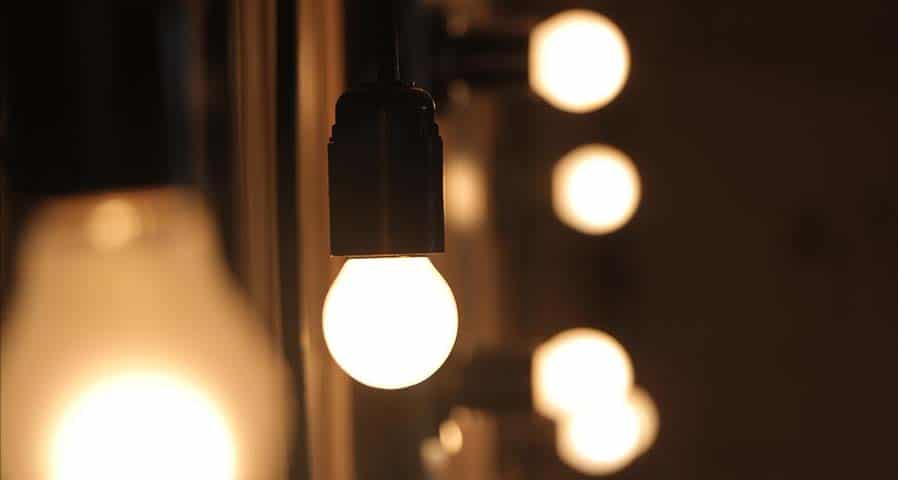Daylighting Controls & Daylight Savings: Optimizing Natural Light Through the…
Studies have shown that natural lighting has proven to improve workplaces by helping employees be more…

We understand not everyone is a lighting expert. However, having some basic knowledge can help make your lighting project go more smoothly.
In this article, we’ll cover some of the various types of lighting, along with helpful terminology. We’ll even cover lighting colors.
It’s easier to pick the right products when you are familiar with lighting terminology.
Color temperature refers to whether the fixture produces a warm, neutral, or cool colored light. It is measured in Kelvin. Products with a lower Kelvin rating (2000K – 3000K) have a warmer color temperature. If you want a cooler colored light, look for products with high Kelvin ratings, typically 5000K and higher.
Reference: Check out our blog on Pros and Cons of Selectable Color Temperature and Wattage LEDs.
The overall light input is measured in lumens. The number of lumens varies according to the product, and its intended use. For example, a table lamp typically has a lumen output of 800 lumens while a 1,000W HID bulb can output over 100,000 lumens.
Reference: For more information on lumens, check out or 2 part blog on Lighting Measurements – An In-depth Guide.
CRI refers to how you see objects’ colors when illuminated by the light source. Bulbs with a higher CRI light tend to make colors brighter while still looking natural. Lamps with a lower CRI can dull colors or even give them a different hue.
Reference: Check out, What is Color Rendering Index R9?
If you want to easily adjust the light’s brightness levels, make sure the products are compatible with dimming controls. The packaging should label the lamp as dimmable. If it’s not, you can’t connect the bulb to the lighting control.
Reference: For more lighting control options, check out A Starter Guide – Lighting Control Options for Energy Savings.
Even if your home or business isn’t located in California, you still want to familiarize yourself with the state’s Title 24. The California Code of Regulations uses Title 24 to give businesses a set of guidelines to help them conserve energy. It also promotes green designs and applies to all buildings in California.
Reference: For those in California we have a blog dedicated to everything you need to know about Title 24 in 2022.
Color selectable lighting isn’t new but being able to adjust the product’s wattage has only been around for a couple of years. These types of lighting products offer the flexibility you don’t get with other bulbs. You can adjust the light’s color and brightness without having to replace the fixture.
Here’s a closer look at the benefits you get with these types of lighting products.
Don’t forget to check for rebates when you are ordering color and wattage selectable lighting products.
Dimming controls allow you to easily create different ambiances in a space. However, there are a few things you should know before you start shopping.
Make sure the lamp is dimmable. Some older LED products are not compatible with the newer technology. You also want to look at the LED lamp’s compatibility, along with the wiring. Ensuring all of the components work with dimming switches before installation will save you time and money.
Whether you are interested in installing lighting controls or need assistance with your lighting retrofit project, Action Services Group is here to help. Our lighting specialists are standing by to take your call, or you can schedule a call that fits your needs by clicking the button below. Call 610-558-9773, or emailing [email protected].